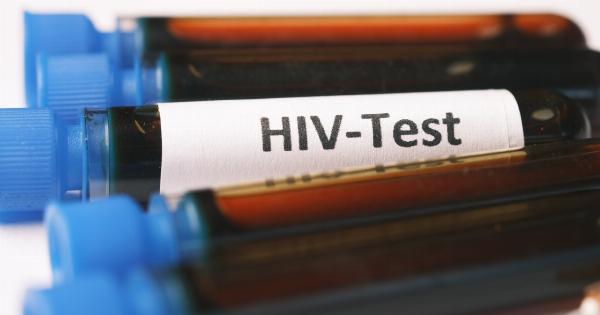A recent study conducted by researchers at the University of Montreal and the University Hospital Centre (CHU) Sainte-Justine has uncovered a potential “Achilles heel” in the human immunodeficiency virus (HIV).
The study, which was published in the journal Nature, could lead to the development of new and more effective therapies for HIV.
The Study
The researchers used a technique called cryo-electron microscopy to examine the structure of the HIV virus. They were able to identify a unique pocket on the surface of the virus that is not present in human cells.
This pocket appeared to be a potential target for drugs that could effectively disable the virus.
Dr. Matthew Archibald, one of the researchers involved in the study, explained that the pocket is a “unique feature of the virus that could be exploited to develop new therapies that are more effective than current treatments.”.
The “Achilles heel” of HIV
HIV is a virus that attacks the immune system, making it difficult for the body to fight off infections and diseases. Current treatments focus on slowing or stopping the replication of the virus, but they do not completely eliminate it from the body.
The researchers believe that the pocket they identified on the surface of the virus could be targeted with drugs that would disable the virus more effectively.
This could potentially lead to a functional cure for HIV, where the virus is completely eliminated from the body.
Current Treatments for HIV
Current treatments for HIV are a combination of antiretroviral drugs that slow or stop the replication of the virus in the body. These drugs can effectively suppress the virus, but they are not a cure.
Patients must continue to take the drugs for the rest of their lives to maintain their viral load at undetectable levels.
There are also preventative drugs available, such as PrEP (pre-exposure prophylaxis), which can help prevent the transmission of the virus from one person to another.
However, these drugs are not effective in treating those who are already infected with HIV.
Next Steps
The researchers are currently working on developing drugs that can target the pocket identified on the surface of the virus.
They hope that these drugs will be more effective than current treatments and could potentially lead to a functional cure for HIV.
“This is an exciting discovery that could lead to a new generation of HIV drugs,” said Dr. Archibald. “We still have a lot of work to do, but this is a promising first step.”.
Conclusion
The discovery of a potential “Achilles heel” in the HIV virus is a significant breakthrough that could lead to the development of more effective treatments for people living with HIV.
Current treatments, while effective, are not a cure, and the virus must be managed for the rest of a patient’s life. The hope is that new drugs targeting the unique pocket on the surface of the virus will be able to completely eliminate the virus from the body, leading to a functional cure for HIV.




























